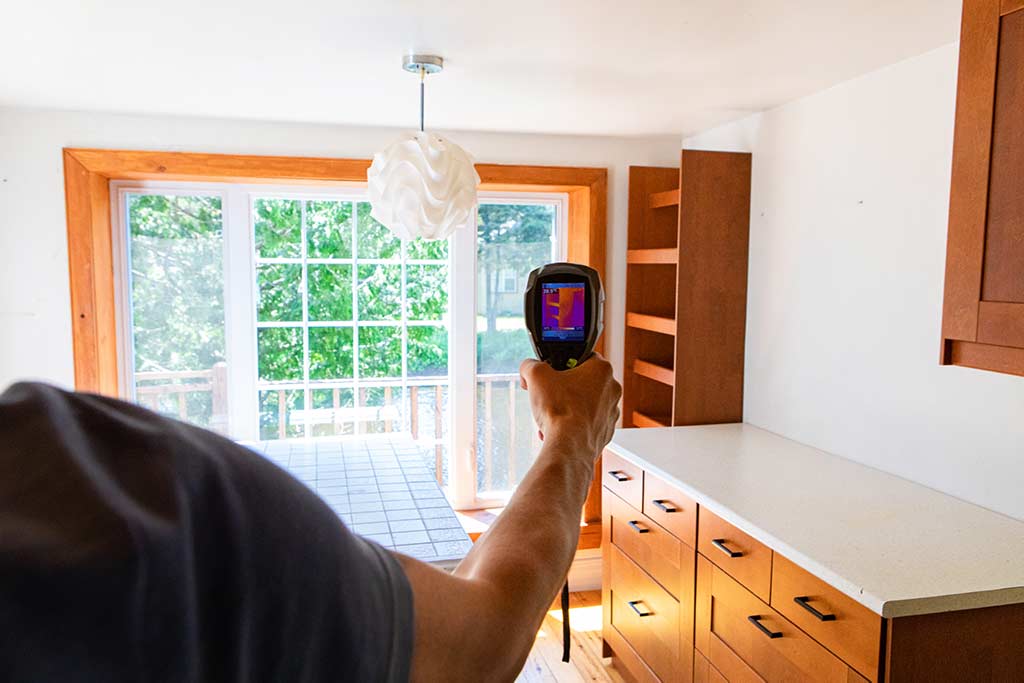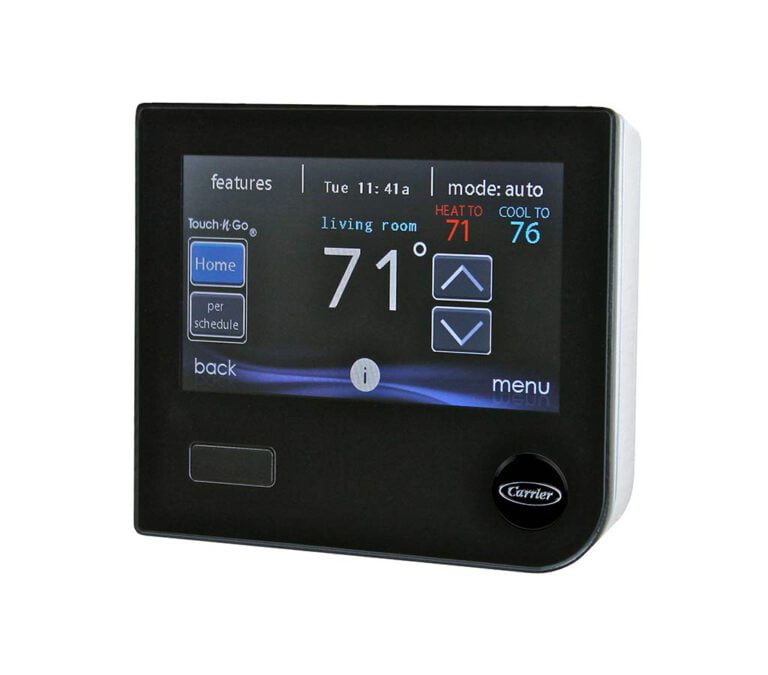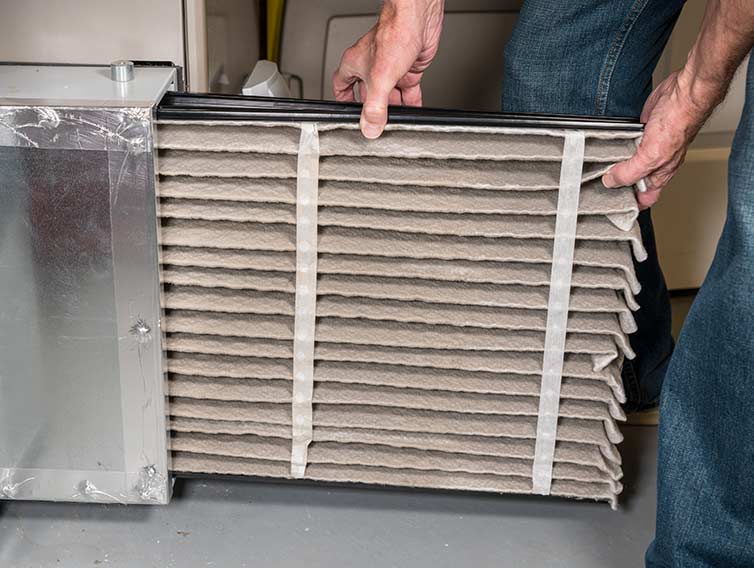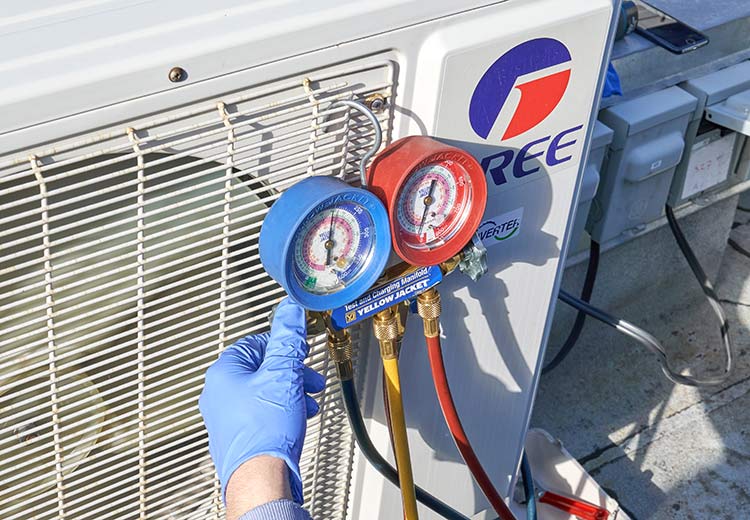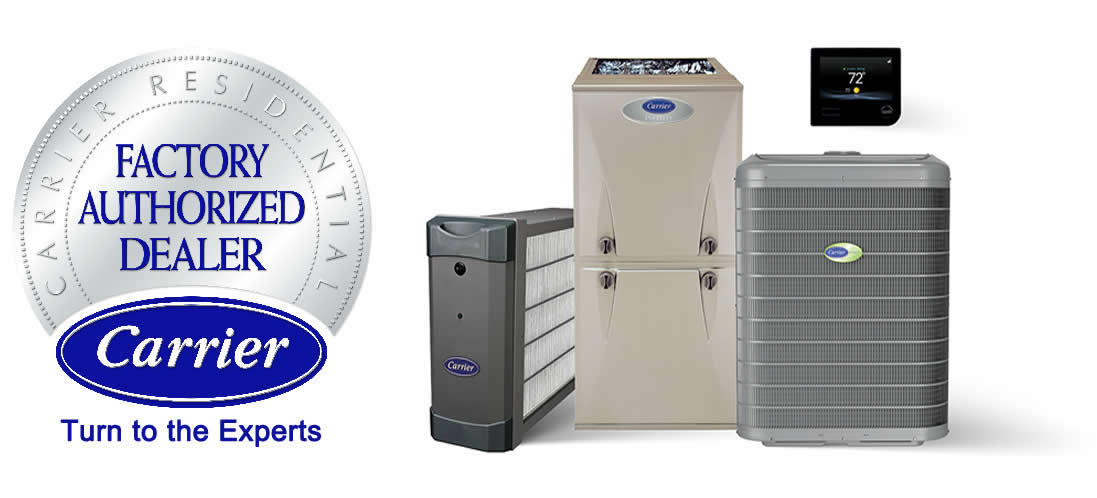DIY Indoor Air Quality Testing: A Homeowner’s Guide to Uncovering Hidden Hazards
In an era where health and safety within our homes have taken center stage, understanding and managing indoor air quality (IAQ) has become paramount. However, as homeowners embark on DIY IAQ testing, the complexity and risks involved often point to a more prudent path: entrusting such tasks to professionals like Climatrol Air, specialists in Carrier indoor air quality solutions.
1. The Most Common Air Pollutants Found in Homes
Indoor air pollutants are often more concentrated than their outdoor counterparts, contributing to various health risks. The most common culprits include:
- Dust and Pet Dander: Accumulations of fine particles that can aggravate respiratory conditions.
- Volatile Organic Compounds (VOCs): Emitted from paints, solvents, and cleaners, VOCs can cause headaches, nausea, and long-term organ damage.
- Mold and Mildew: Thriving in damp environments, these fungi release spores that can trigger allergies and respiratory issues.
- Carbon Monoxide (CO): An odorless, colorless gas from burning fuels that can be fatal at high concentrations.
- Radon: A naturally occurring radioactive gas linked to lung cancer.
2. How Homeowners Can Test Their Homes for Indoor Pollutants
For the ambitious DIY enthusiast, several methods and kits are available for IAQ testing:
- VOCs and Mold Testing Kits: Widely available for purchase, these kits can detect the presence of specific pollutants.
- Carbon Monoxide Detectors: Essential for every home, they alert occupants to dangerous CO levels.
- Radon Testing: Radon test kits are crucial, especially in areas prone to high radon levels.
However, it’s worth noting that while these methods can identify the presence of pollutants, they offer limited insight into concentrations, sources, and solutions. Moreover, incorrect usage or interpretation of results can lead to misguided conclusions and actions.
3. What Homeowners Can Do If They Find Indoor Air Pollutants
Upon detecting indoor air pollutants, homeowners have several options:
- Improving Ventilation: This can reduce pollutant concentrations but may not be effective against all types of pollutants.
- Source Removal or Modification: While effective, identifying and properly addressing the source of pollutants requires expert knowledge.
- Air Purification Systems: Devices like air purifiers can help, but choosing the right one for specific pollutants and space requirements is complex.
The Case for Professional Intervention
While DIY testing offers an initial glimpse into IAQ, the true understanding and resolution of indoor air quality issues often lie beyond the scope of average homeowners. Here’s why professional intervention, such as that provided by Climatrol Air, is advisable:
- Expert Assessment: Professionals possess the expertise to accurately assess and interpret IAQ tests, identifying not just the presence but also the sources of pollutants.
- Comprehensive Solutions: Companies like Climatrol Air, leveraging Carrier products, offer tailored solutions that address specific IAQ problems effectively.
- Proper Installation and Maintenance: Ensuring that air purification systems are correctly installed and maintained is crucial for their efficiency, a task best left to experienced technicians.
- Safety and Compliance: Professionals ensure that interventions comply with safety standards and regulations, reducing the risk of inadvertent hazards.
In conclusion, while DIY IAQ testing can be a starting point, the intricacies and potential risks associated with indoor air quality management underscore the need for professional expertise. Climatrol Air stands as a reliable partner, offering advanced Carrier solutions to ensure that your home’s air is not only clean but also conducive to health and well-being.

